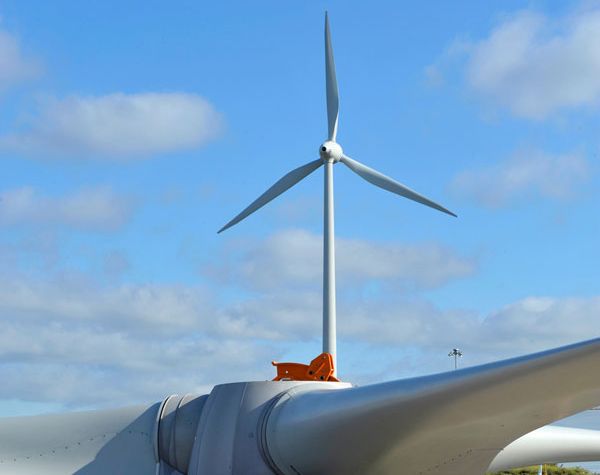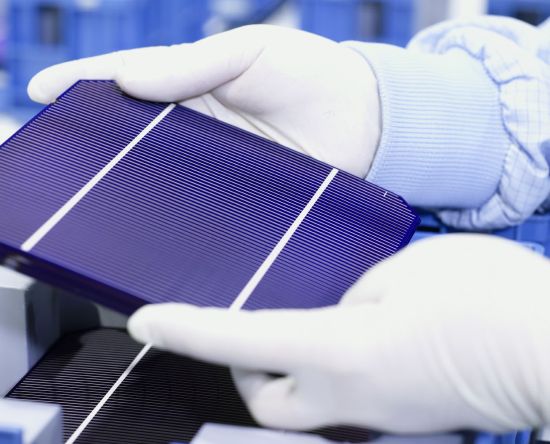
With our planet in a desperate need of new eco-friendly energy generating systems, researchers over the globe have been working hard to develop systems that can power the world of the future in a sustainable fashion. The year 2010 saw some great breakthroughs in the field of renewable energy technology, which when fully developed, could help create a better world. Here we have compiled a list of 10 such breakthroughs that are bound to have a significant impact in the future.
IBM’s solar cell created from “earth abundant” materials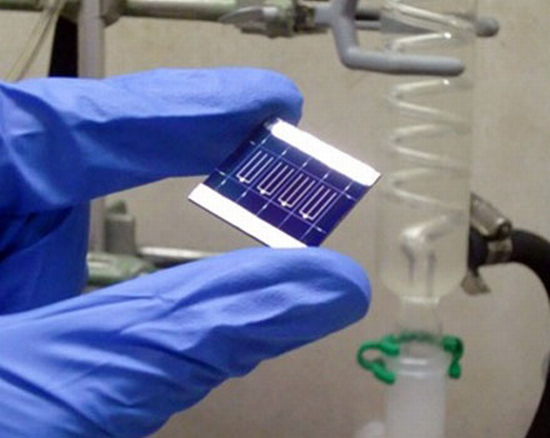
Researchers at IBM created an inexpensive solar cell from materials that are dirt cheap and easily available. The layer that absorbs sunlight and converts it into electricity is made with copper, tin, zinc, sulfur and selenium. The best part of the solar cell is that it still manages to hit an efficiency of 9.6 percent, which is much higher than earlier attempts to make solar panels using similar materials.
MIT’s Concentrated Solar Funnel
A group of researchers at MIT devised a way to collect solar energy 100 times more concentrated than a traditional photovoltaic cell. The system could drastically alter how solar energy is collected in the near future as there will no longer be a need to build massive solar arrays to generate large amounts of power. The research work conducted has determined that carbon nanotubes will be the primary instrument used in capturing and focusing light energy, allowing for not just smaller, but more powerful solar arrays.
Wake Forest University’s Light Pipes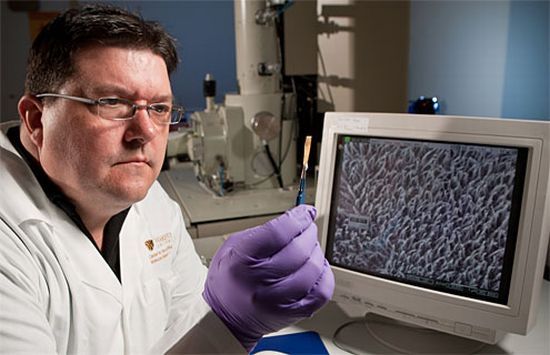
Researchers at the Wake Forest University in North Carolina made a breakthrough by developing organic solar cells with a layer of optical fiber bristles that doubles the performance of the cells in tests. The prototype solar cell has been developed by David Carroll, who is the chief scientist at a spin-off company called FiberCell. The problem with standard flat panels is that some sunlight is lost through reflection. To reduce this effect, the research team took a dramatic approach by stamping optical fibers onto a polymer substrate that forms the foundation of the cell. These fibers, dubbed the “Light Pipes,” are surrounded by thin organic solar cells applied using a dip-coating process, and a light absorbing dye or polymer is also sprayed onto the surface. Light can enter the tip of a fiber at any angle. Photons then bounce around inside the fiber until they are absorbed by the surrounding organic cell.
Louisiana Tech University’s CNF-PZT Cantilever
Created by a research team at Louisiana Tech University, the CNF-PZT Cantilever is a breakthrough energy harvesting device, which utilizes waste heat energy from electronic gadgets to power them. The device features the use of a carbon nanotube on a cantilever base of piezoelectric materials. The carbon nanotube film absorbs heat and forces the piezoelectric cantilever to bend, which then generates an electric current in the material. The device is so small that thousands of small CNF-PZT Cantilever devices can be designed into devices, allowing them to harvest their own wasted energy.
New Energy Technologies’ see-through glass SolarWindow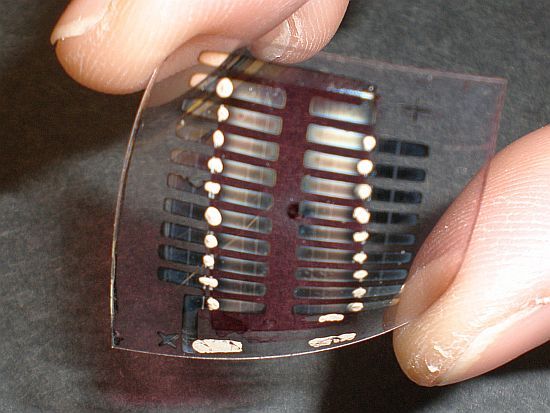
New Energy Technologies developed a working prototype of the world’s first glass window capable of generating electricity. Until now, solar panels have remained opaque, with the prospect of creating a see-through glass window capable of generating electricity limited by the use of metals and other expensive processes, which block visibility and prevent light from passing through glass surfaces. The technology has been made possible by making use of the world’s smallest working organic solar cells, developed by Dr. Xiaomei Jiang at the University of South Florida. Unlike conventional solar systems, New Energy’s solar cells generate electricity from both natural and artificial light sources, outperforming today’s commercial solar and thin-film technologies by as much as 10-fold.
Purdue University’s system to harvest heat from car’s exhaust
Researchers at Purdue University created a system that harvests heat from a car’s exhaust in order to generate electricity and reduce the vehicle’s fuel consumption. The system converts waste heat into electricity, which is then fed into the vehicle’s onboard batteries to reduce engine load and fuel consumption.
Innowattech’s Piezoelectric IPEG PAD
Innowattech recently created piezoelectric generators that can be used as normal rail pads, but generate renewable energy whenever trains pass on them. The company tested the technology by replacing 32 railway pads with new IPEG PADs, where the pads were able to generate enough renewable electricity to determine the number of wheels, weight of each wheel and the wheel’s position. In addition the speed of the train and wheel diameter could also be calculated. The company states that areas of railway track that get between 10 and 20 ten-car trains an hour can be used to produce up to 120KWh of renewable electricity per hour, which can be used by the railways or transferred to the grid.
Sony’s Flower Power
Sony recently demonstrated new DSSC’s for energy generating windows, which help beautify your home as well. The beautifully designed solar panels make use of screen printing to generate custom designs according to the consumer’s preferences. The panels can be developed in any color that the user specifies.
Plant mimicking machine produces fuels using solar energy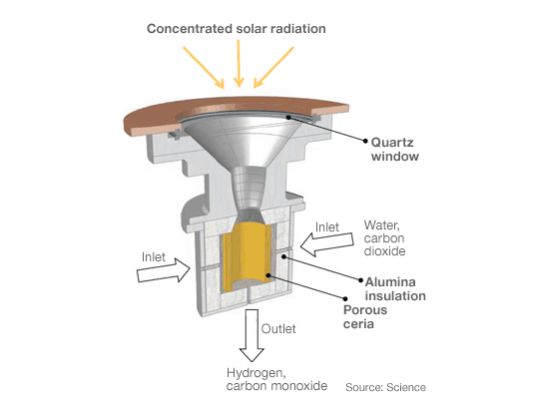
A team of researchers in the US and Switzerland have created a machine that like plants uses solar energy to produce fuels, which can later be used in different ways. The machine makes use of the sun’s rays and a metal oxide called ceria to break down carbon dioxide or water in fuels that can be stored and transported. Unlike solar panels, which work only during the day, this new machine is designed to store energy for later use.
CSIRO’s Brayton Cycle Project
Australia’s national science agency, CSIRO, developed a technology that requires only sunlight and air to generate electricity. The system is ideal for areas that face acute water shortages. The solar Brayton Cycle project replaces use of concentrated sun rays to heat water into high-pressure steam to drive a turbine with solar energy to create a solar thermal field. The technology focuses the sun’s rays projected onto a field of mirrors knows as heliostats onto a 30-meter (98 ft) high solar tower to heat compressed air, which subsequently expands to through a 200kW turbine to generate electricity.



